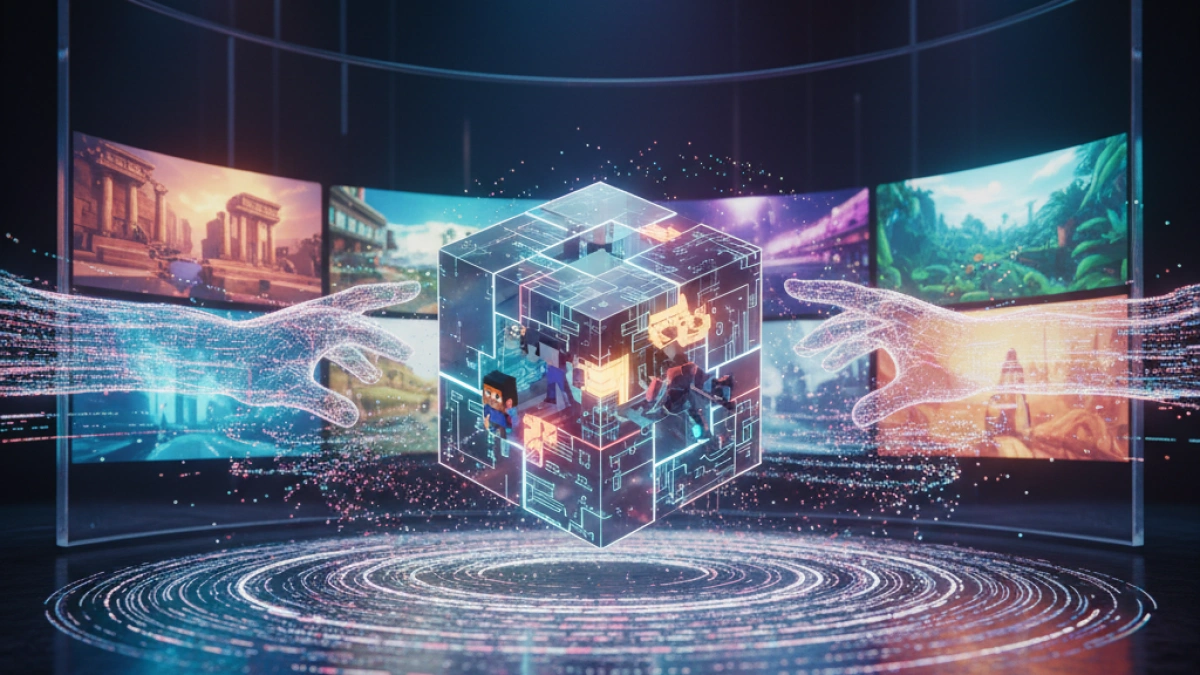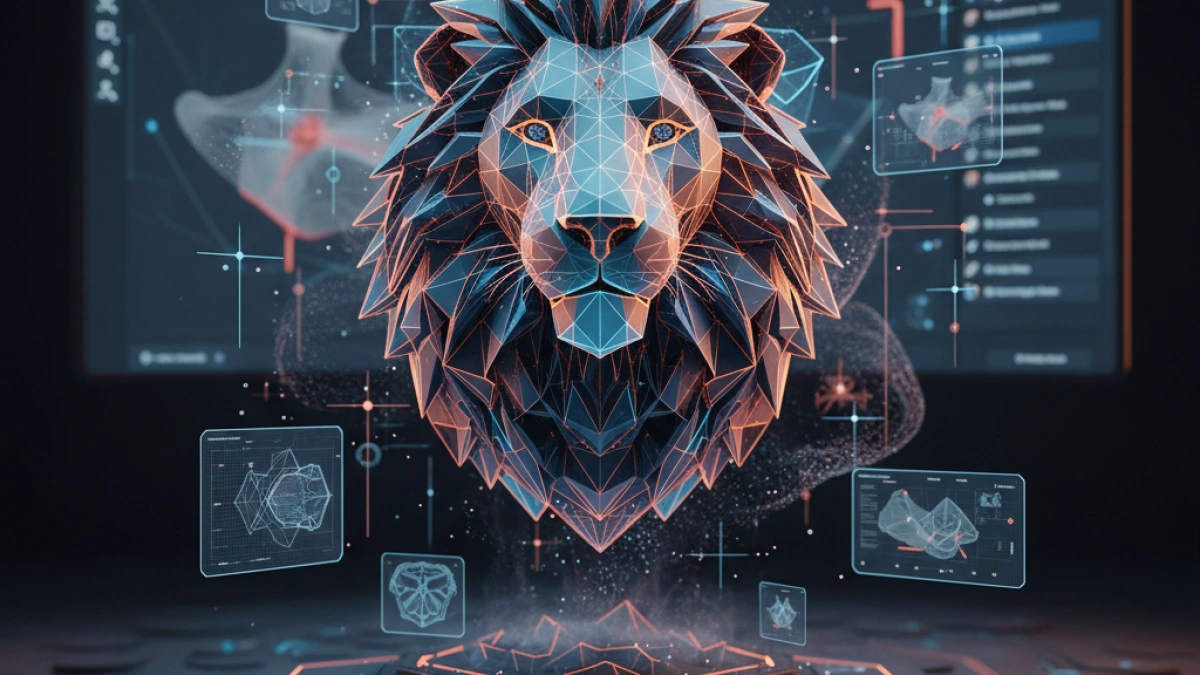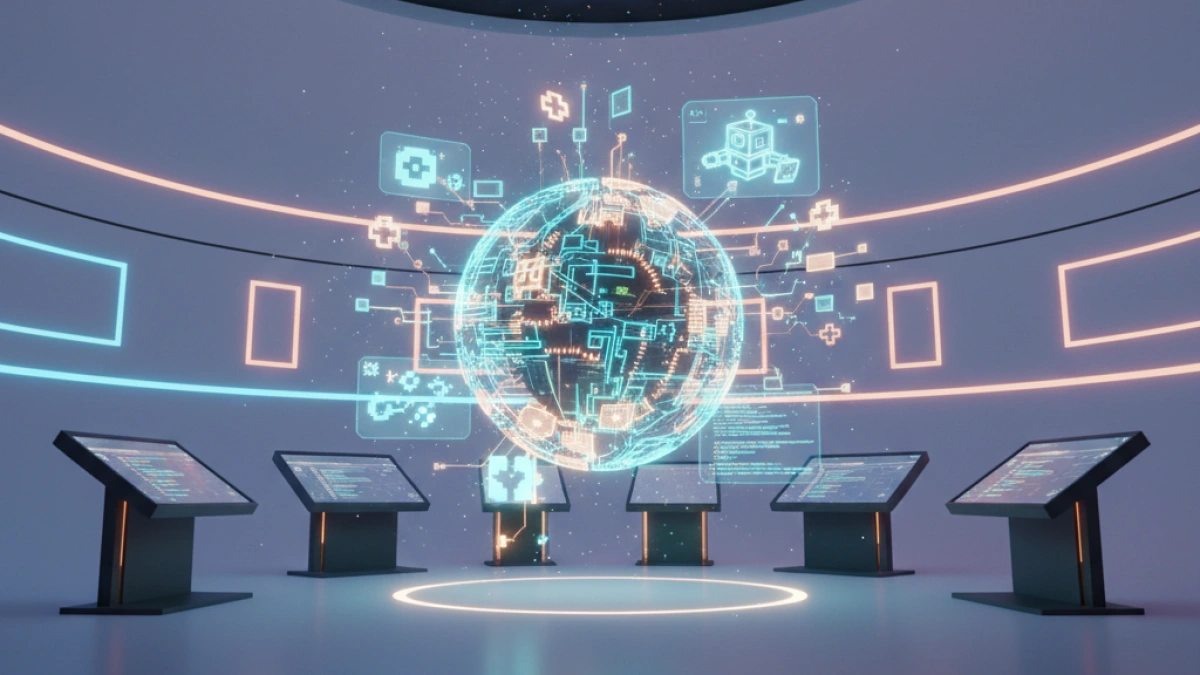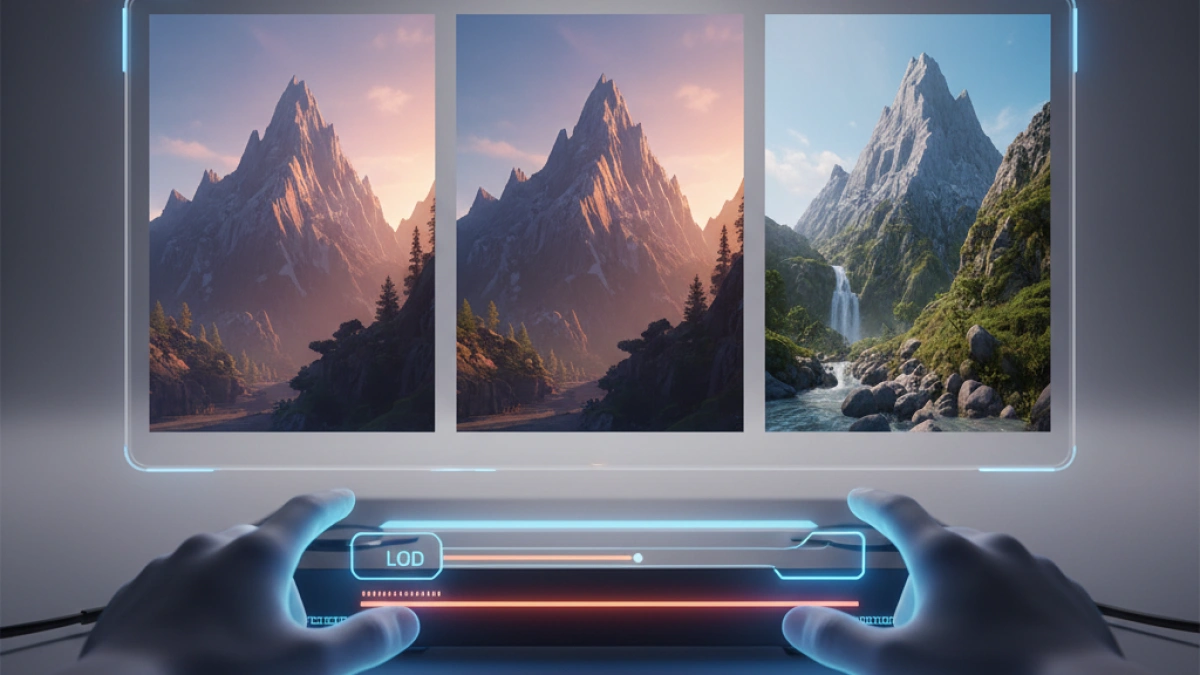What is an ARM texture and what is it for in video games?


The video game industry has evolved significantly over the last decade, and one of the most crucial aspects of this evolution is the development of graphics and textures. In this context, ARM textures have become an essential part of the visual design of many games. This article explores what an ARM texture is, how it works, and how it is used in video game development.
What is an ARM texture?
ARM textures (Albedo, Roughness, and Metallic) are a type of texture that encapsulates and optimizes the surface information of a 3D model in video games. The ARM texture consists of three different maps:
Albedo
The albedo is the base color information of an object. This map determines how the surface of a model will look under different lighting conditions. For example, a brick texture will have brown colors and red tones that depict the material.
Roughness
Roughness affects how light interacts with the surface of the model. A roughness map indicates how rough or smooth the surface is. Rougher surfaces scatter light more evenly, resulting in a matte finish, while smoother surfaces reflect light more directly, causing a shiny finish.
Metallic
The metallic map indicates whether a material has metallic properties. In a metallic map, higher values (values close to 1) correspond to metallic materials, while lower values (values close to 0) correspond to non-metallic materials. This map helps define how light behaves on the surface, which is crucial for achieving realistic effects.
How do ARM textures work in video games?
ARM textures are typically used in a physically-based rendering (PBR) workflow, which simulates real-world light behavior. This approach allows developers to create more realistic and visually appealing graphics. Below, we will see how these textures are used in the video game development process.
Integration into game engines
Modern game engines, such as Unreal Engine and Unity, allow developers to efficiently import and use ARM textures. 3D artists can create these textures in modeling and texturing software like Substance Painter or Blender. These maps are then applied to 3D models in the engine, where materials and properties are adjusted to achieve the desired result.
Performance optimization
ARM textures enable developers to reduce the number of textures used by providing multiple properties in a single texture. This not only simplifies the creation process but also improves game performance by reducing memory usage and GPU calls.
Benefits of using ARM textures in video games
The use of ARM textures offers several benefits that can enhance both the visual quality of a video game and the efficiency of its development.
Visual realism
Graphics generated with ARM textures tend to look more realistic due to the precise simulation of light interactions. This enables the creation of immersive environments that enhance the player experience.
Production efficiency
By combining multiple maps into a single texture, artists can spend less time creating and managing individual textures. This streamlines the development process and allows teams to focus on other aspects of the game.
Flexibility
ARM textures provide flexibility for developers to easily adjust the materials of objects based on the game's requirements. This means changes can be made quickly and efficiently without needing to modify multiple textures.
Conclusion
ARM textures play a fundamental role in creating realistic and efficient graphics in video games. By combining albedo, roughness, and metallic information into a single map, developers can optimize both performance and visual quality in their projects. As video game technology continues to advance, the use of ARM textures is likely to become even more prevalent, offering new opportunities for creativity and realism in video games.
If you are involved in video game development, considering the implementation of ARM textures can make a significant difference in the final result. Experimenting with these textures will not only enhance your skills as a developer but also enrich the gameplay experiences you offer.



















